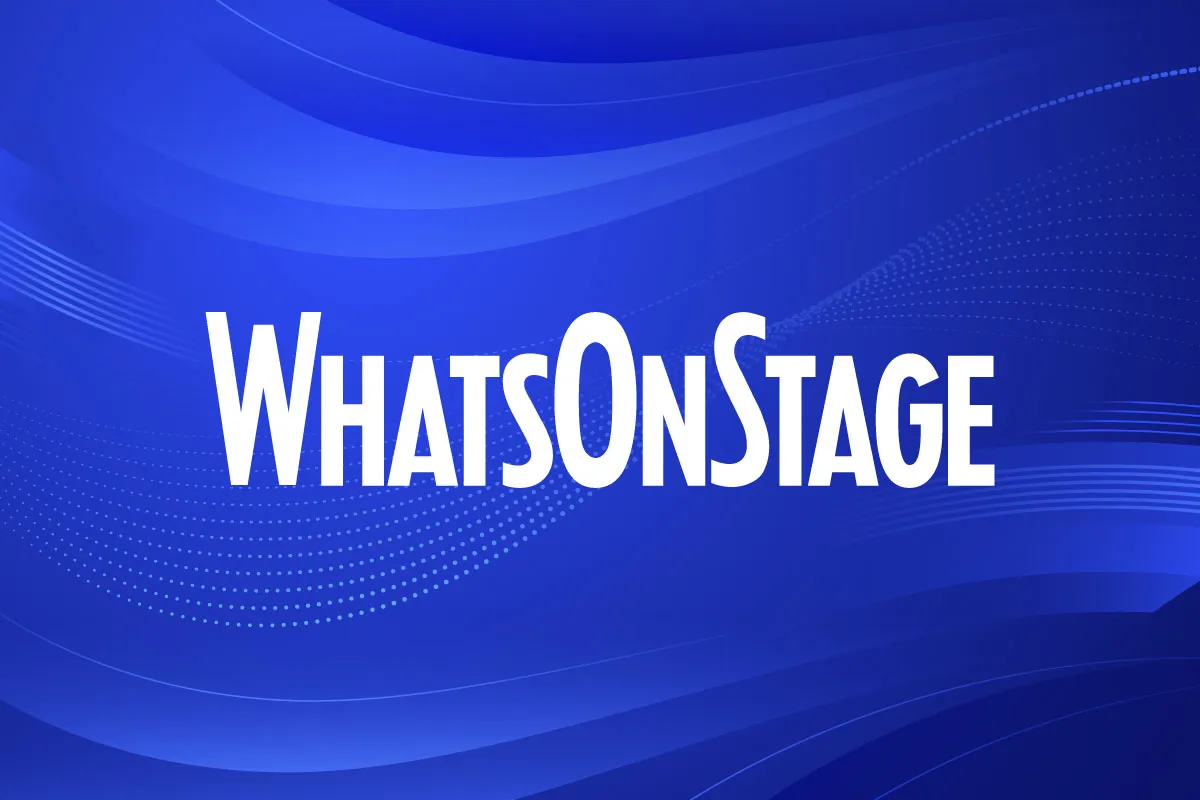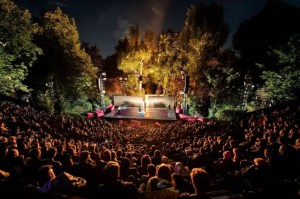Chris Stafford: Commercial versus subsidised? Collaboration is the key to success
As he continues to guest edit WhatsOnStage, Curve Leicester’s chief executive Chris Stafford reflects on his venue’s approach to funding and programming
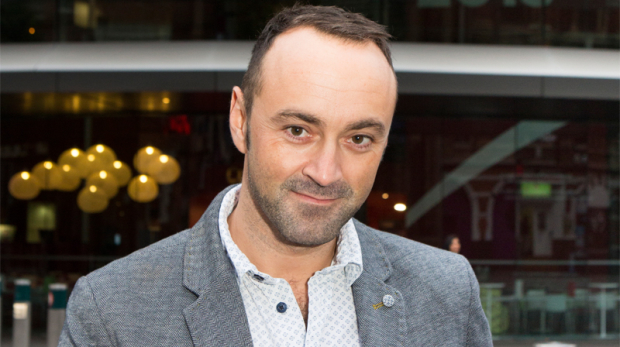
© Curve Leicester
This week sees a Curve 2019 hat-trick achieved in the West End with our 2018 Christmas production of White Christmas opening in London's grand Dominion Theatre. And I couldn't be prouder. The joy of getting Adrian Mole in town after six years, being part of a major Broadway musical with Gloria Estefan and transferring arguably the greatest festive musical of all time is incredibly exciting for our theatre. Whilst these are all very different musicals – appealing to different audiences – they all are prime examples of how commercial and subsidised producers can work together to bring great work to even more people and dare I say, at times make a few pounds to help pay some of the bills.
When Nikolai and I took over the reins of the theatre in 2015, we inherited a building in great shape; audiences were at the highest they'd been in the six years since opening, the challenges of the early years were well in the past, and the theatre was generating annual surpluses. However, touring and exploiting shows wasn't something Curve did much of. Historically, we would spend months or even years carefully crafting a show for it to be packed away after a relatively short run. At the start of our tenure we wanted to remedy this – to give as much of our work as possible a longer life, enable even more people to see our shows and ideally make some money to offset standstill funding and local authority cuts. Fast-forward to today and we have sold over 2.2 million tickets across the UK and internationally for our Curve on Tour programme of produced work.
Whilst I toast our West End success, taking work to audiences across the country has been one of the highlights of my time at Curve. Through working with terrific commercial partners such as David Ian, Michael Harrison, Simon Friend and Jamie Wilson, we've not only managed to raise our profile, but we've plugged some of the funding gap. The income we make from our touring work enables us to continue to invest in artist development programmes, learning activities and new work – if it wasn't for our royalty cheques there would be no Pink Sari Revolution, no My Beautiful Laundrette and we certainly wouldn't be growing our learning provision at the rate we are. I also don't think we would be able to invest at the level we did for The Color Purple and Adrian certainly wouldn't have made his West End debut.
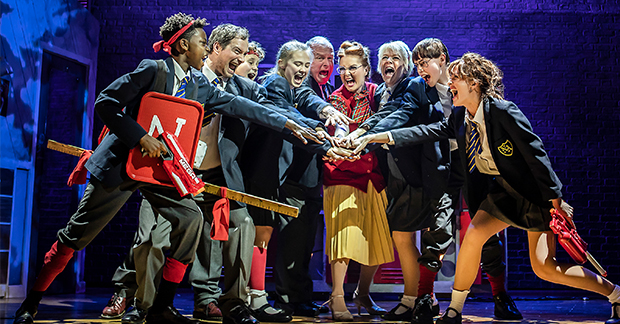
© Pamela Raith
Whilst I'm immensely proud of what we've achieved – the change to our business model has not been without its criticism. When An Officer and a Gentleman went out on tour one commentator publicly tweeted our major funder asking how can public funding be used to support such a bad production; this was in spite of audiences – the tax payers – giving regular standing ovations night after night and loving the show. Whilst we take our responsibilities to our public funders very seriously (who completely support our model), we shouldn't forget organisations such as Curve are only partially funded by Arts Council England (ACE) and local authority funding – we generate almost 80 per cent of our income which is predominately made up from box office income and touring fees/royalties. Officer is a prime example of a commercial co-producer funding the majority of a Made at Curve show with the theatre taking relatively little risk. Whilst Officer wasn't to the liking of some, I still stand proud of our show and also ask the question – why can't a regional theatre do a jukebox musical and benefit from the financial success? Officer also enabled us to commission and produce Memoirs of an Asian Football Casual that year, which was nominated for a WhatsOnStage Award and recently won an Asian Media Award.
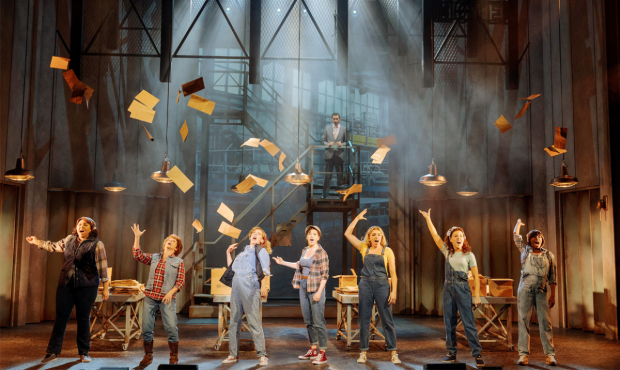
© Manuel Harlan
Commercial and subsidised producing all too often gets put in separate boxes and in some parts of our sector the term 'commercial' is frowned upon. Agreed there is some not very good commercial work out there, but that is also the case for some of the work that comes under the subsidised umbrella. I honestly don't feel pitting us at opposite ends of the theatre ecology is helpful in any way, it's about as useful as the divide between London and 'the regions' which negates the fact that we are all trying to do the same thing; to stage great work for as many people as possible.
The model we've adopted at Curve is nothing new or radical – the commercial/subsidised cross over has been happening for years – but it has been a relatively new approach for us in Leicester. And it's one that we actively celebrate – and now need. When Curve first opened under a blaze of negative publicity, who would have thought just 10 years later we would be part of the team bringing Whoopi Goldberg into London – that's down to this commercial and subsidised collaboration. And long may it continue.

